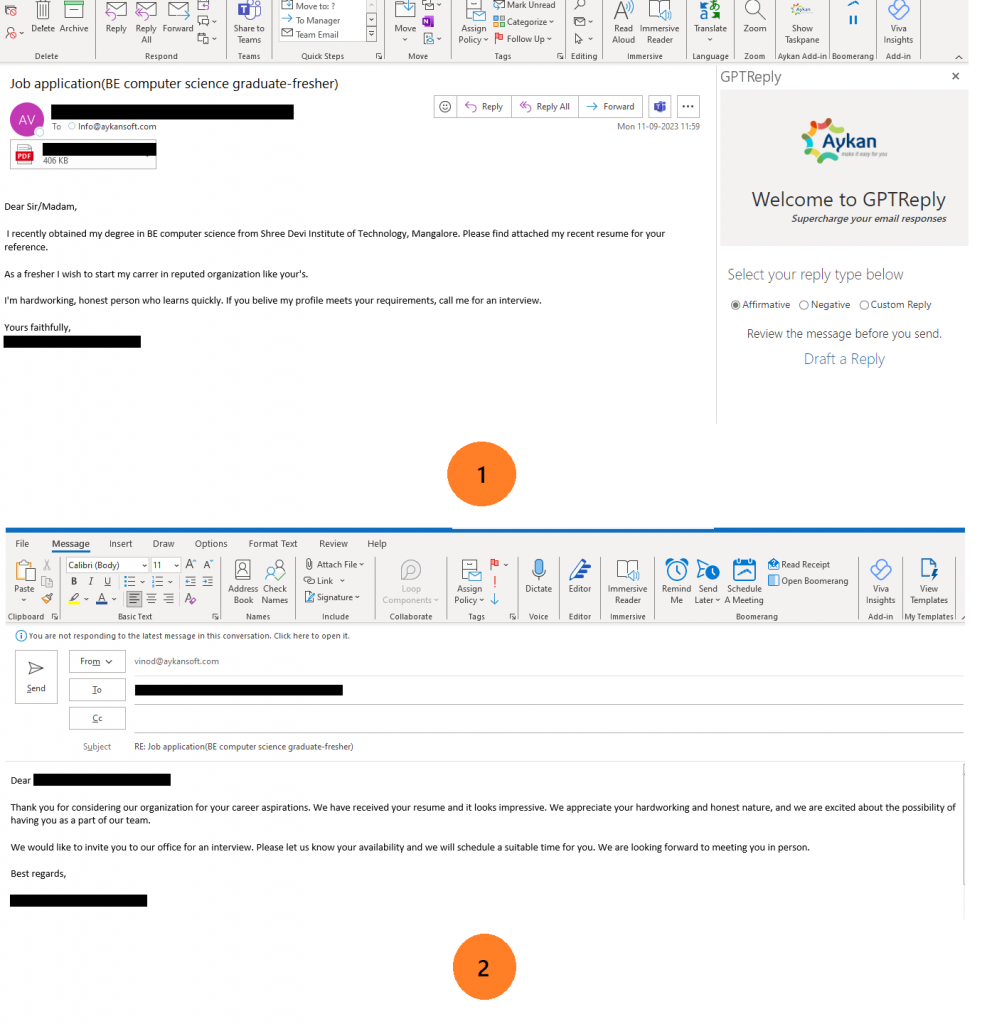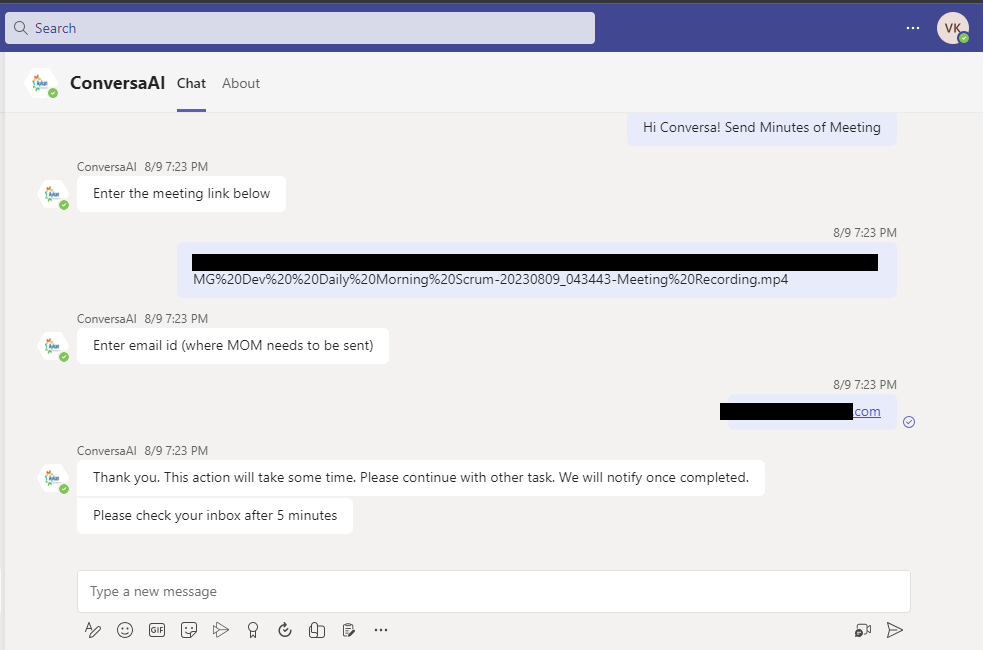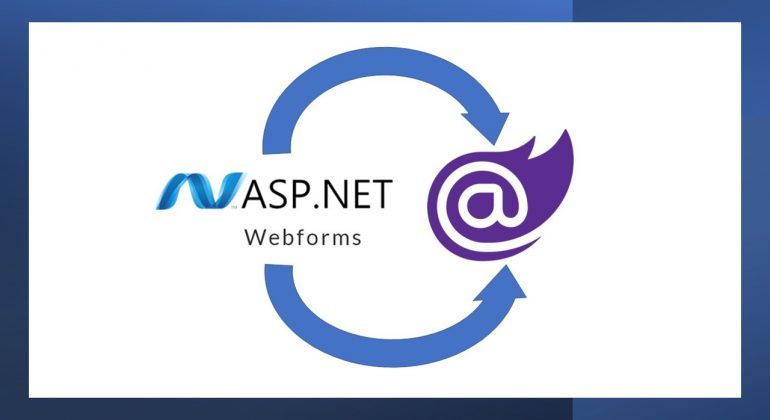Starting your own Marketplace Business? Wait and Validate your idea first.
At Aykan, we’ve constructed numerous marketplaces for our clients. Typically, I listen to their requirements, draft development proposals, and commence development work. However, only a handful of customers have found success in their marketplace ventures. I’ve examined some of these cases, interviewing them to uncover the primary reason behind their success or failure: the validity of their assumptions.

As entrepreneurs, we often rush into building marketplace platforms and entering the market. Yet, before doing so, it’s essential to validate our assumptions. But how exactly do we go about this? This article delves into the process of “Validating Assumptions Before Building a Marketplace Platform.”
Here is the list of activities you need to perform for validating your Assumptions.
List the Assumptions
Let’s say you are planning to build a marketplace for personal trainer services. You got the idea based on your personal problems as an existing customer of personal training services. You first list the assumptions from a customer’s point of view, based on your own experiences.
- Searching for a personal trainer using Google is not convenient: it takes time to go through a list of different websites.
- Discovering the best personal trainers in a certain location is difficult. There is no easy way to compare local providers and find the one that best suits you.
- Finding a free time slot and paying for the service is complicated since every provider has their own reservation and payment system.
Marketplaces always have two sides, and you need to solve a problem for both sides. In other words, you also need to consider the viewpoint of personal trainers (the providers). While you are not a personal trainer yourself, you come up with several assumptions about their problems.
- Many providers don’t have enough customers because they do not know how to promote themselves online. They might not even have a personal website, and if they do, the quality is lacklustre, which hurts their brand.
- The personal trainer market is not as big as it could be because finding and booking a trainer is such a hurdle. If it were easier, more people would use the services of personal trainers, and they would all have more customers.
- Personal trainers do not have sufficient tools for managing their booking schedules and invoicing their customers. Streamlining this process would bring value to them.
- While most personal trainers have traditionally been averse to using online tools, the situation is changing, and they are now more willing to move to the digital age.
Based on these problem assumptions, you come up with assumptions for value propositions, distribution channels, and revenue streams. You break them down as follows.
- Value proposition for customers: Easy to use and unified search experience that aggregates lots of providers in one place, allowing for easy comparison based on trainers’ offerings and the number of reviews they’ve received, along with an easy way to book a suitable time slot and pay for it.
- Value proposition for providers: An easy way to set up their own online presence, more leads, and handy tools for managing bookings and invoicing.
- Distribution channel for customers: Since many people are already searching for personal trainer services, they find your site through search engines once you get the first position for certain keyword searches.
- Distribution channel for providers: At first, you build supply by contacting the providers directly and convincing them to join. Later, growth will come through word of mouth.
- Revenue stream from customers: Your site is free to use for customers.
- Revenue stream from providers: You plan on making money by using the most popular revenue stream for modern marketplaces: charging a commission from each booking from the providers.
Interview your users.
That’s quite a list of assumptions! Now it’s time to start validating them. That means getting out of the building and interviewing both your potential providers (personal trainers) and customers (people who already use or have used personal training services). You should try to find at least 10 people from both groups for a big enough sample. Running Lean provides useful interview templates for this stage. You can use their validation board to track your progress.
Some example questions for potential customers:
- How do you currently find personal trainer services?
- How often do you search for new personal trainer services?
- How do you know which personal trainer services would be the best for you?
- Do you compare different providers somehow?
- Is it easy to book a personal trainer?
- Is it easy to pay for the personal training services?
Some example questions for potential providers:
- Could you take in more customers than you currently have?
- How do your customers currently find you?
- How do you currently manage customers’ bookings?
- How do you invoice your customers?
- Do you have a web presence? If not, why?
It is important that you do not lead the interviewees too much in order to get the answers you want. Instead, you should ask them relatively open-ended questions, listen carefully to what they say, and react to their answers with more questions. At least some of your assumptions will most likely be wrong; finding these should be your focus. You are not selling anything yet, so do not talk about the benefits of your solution at the beginning of the interview. Instead, focus on the problem. It’s also usually easier to get people to agree to an interview instead of a sales meeting.
If you end up discovering that your assumptions seem to hold true, you can move on to talking about your proposed solution and gauge their reaction to it. When you are talking to the people who you plan on charging (the providers, in this case), remember to also ask whether they would be willing to pay the price you plan on asking (10% of the total booking size, for example). If, on the other hand, you notice that your problem assumptions are wrong, it is better to skip describing your solution and focus on finding out whether there is another problem you could solve for the interviewees instead. Conducting these interviews yourself is crucial. You need to get to really know your potential users and understand their real problems, which might be completely different from what you were expecting them to be.
For instance, you might learn that the personal trainers are already using a good tool for booking and invoicing, and that their biggest problem is getting more leads. This means that you might need to shift your revenue stream plan: the personal trainers will likely not want to pay for each transaction if you are not able to offer them a big enough improvement for their invoicing process. Instead, you might want to charge per lead, or charge the providers a subscription fee.
On the customer side, you might notice that while customers feel that comparing providers is difficult, it is an activity they only engage in once every two years. Since a single customer will not engage in many transactions, it means you need to attract a large mass of customers for your business model to work. As Bill Gurley notes in his classic article:
Many failed marketplaces attack purchasing cycles that are simply way too infrequent, which makes it much more difficult to build brand awareness and word-of-mouth customer growth.
Bill Gurley
Based on the data, you might notice that some people are more responsive towards your idea than others. After enough interviews, you start to notice certain patterns. Maybe younger people like the idea more? Or perhaps a very specific customer demographic (like wealthy stay-at-home moms between 30 and 50) has way more potential than other segments. After making such a discovery, you can focus on just the customers in this specific segment and how to solve their problems. Remember: it’s much better to initially make a product a small number of users love than a product that a large number of users like.
Study search data.
Some assumptions are more difficult to validate with interviews. For instance, you might base your business model on the assumption that there are 50,000 potential customers in a city with 1 million people, and they will find you mainly through search engines. How do you validate this assumption?
Luckily, there’s a method for this type of validation too: you can study what people are searching for online. For instance, with tools like Semrush, you can study how often a certain keyword is searched.
Since personal training services are local, you will likely want to focus on only one city in the beginning. Let’s say you live in Dallas, Texas and want to start from your home turf
(which is probably a good idea). You can now check how many people search for “personal trainer Dallas” every month. If you can get everyone who makes this search sign up for your site, is it enough to justify your business model?
More realistically, even if you manage to get your site as the first search result (which can be very difficult), only 5-10% of those people will likely sign up. Is that still enough?
You should also try searching for this term on Google yourself to see what you are up against. Who are your biggest competitors? Are there already lots of ads for your ideal keyword? If there are, you will likely need to work (or pay) more to reach the top position—not to mention offering more value to your users than your competition.
(Above article is an excerpt from the book named “The Mean Marketplace” by Juho Makkonen and Cristóbal Gracia . You can buy this book at Amazon – https://www.amazon.in/Lean-Marketplace-Practical-Building-Successful-ebook/dp/B0796XMKYC)











